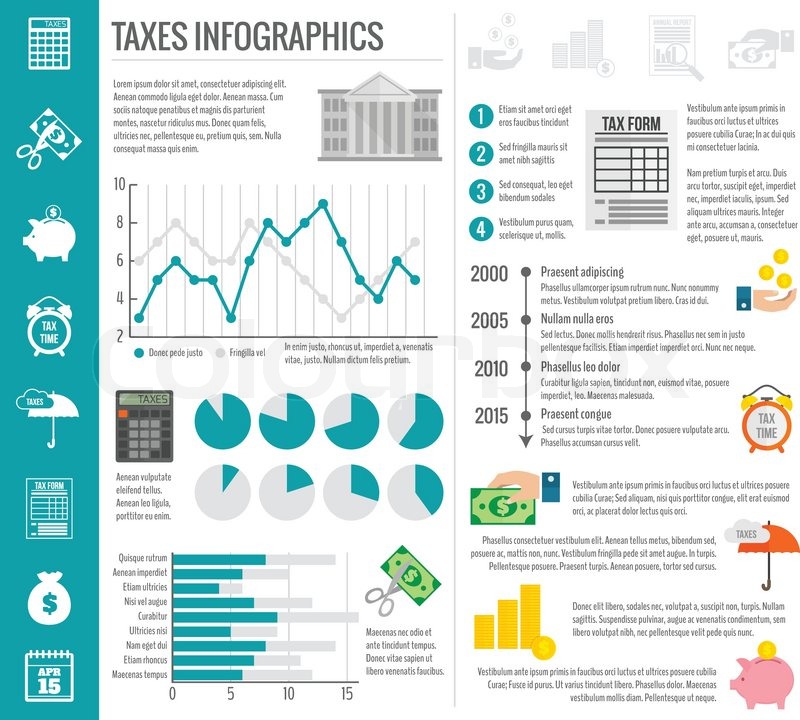Info You Must Have
Info You Must Have
Blog Article
Article By-Kenny Underwood
Understanding the Value of payment Bonds in Building And Construction Projects: Essential
When you're associated with building and construction jobs, recognizing payment bonds is essential. They're not just a formal requirement; they're a vital device that guarantees subcontractors and suppliers get paid on time. This can make a significant difference in how smoothly your projects run. However how do these bonds actually work, and what should you think about prior to protecting one? Let's discover the key elements you need to know.
Understanding payment Bonds: Interpretation and Performance
payment bonds are necessary devices in the construction market, ensuring that subcontractors and distributors earn money for their job. These bonds act as a warranty that the contractor will certainly fulfill their monetary responsibilities to everyone associated with the job.
When you secure a settlement bond, you're securing your workforce and vendors, providing self-confidence that they'll get payment for their payments. If you could try these out fails to pay, the bond issuer steps in to cover the unsettled amounts, protecting the passions of those who provided products and services.
Comprehending just how payment bonds function assists you navigate the intricacies of building tasks, guaranteeing a smoother process for all celebrations entailed. By understanding this principle, you cultivate depend on and reliability within the building environment.
Perks of payment Bonds for Building And Construction Specialists
When you think about the monetary protection that payment bonds offer, it's clear they offer substantial benefits for construction specialists.
First, these bonds guarantee that subcontractors and vendors earn money promptly, aiding you keep strong connections and a reliable labor force.
Additionally, having payment bonds can boost your trustworthiness, making you a lot more attractive to possible customers and companions.
They likewise secure you from prospective financial losses caused by job defaults or payment disagreements.
By securing a payment bond, you demonstrate your dedication to satisfying legal commitments, which can bring about more agreement possibilities.
Inevitably, payment bonds not only protect your financial resources however likewise contribute to a smoother, extra effective project execution, enabling you to concentrate on delivering top quality job.
Trick Factors To Consider When Obtaining a Repayment Bond
Protecting a repayment bond calls for cautious consideration of a number of essential aspects to ensure you're making the best selection for your building and construction project.
Initially, assess the bond amount required, which commonly mirrors the task's overall price. Next off, research study various bonding firms to find one with a solid online reputation and experience in your market. It's vital to evaluate their monetary stability and claims background.
Additionally, take into https://what-do-i-need-for-campin39405.webbuzzfeed.com/35537302/guaranty-bonding-firms-vs-insurance-policy-companies-what-s-the-distinction and conditions, including any details needs from the job owner. Do not neglect to compare premiums and ensure they fit within your spending plan.
Lastly, maintain open interaction with your surety agent to clear up any type of questions. With these factors to consider, you'll be much better prepared to safeguard a repayment bond that safeguards your rate of interests.
Verdict
In recap, securing a payment bond is essential for anybody involved in building and construction jobs. It not only protects your subcontractors and providers but likewise reinforces your credibility and reduces economic dangers. By recognizing the relevance of payment bonds, you can cultivate depend on and guarantee smooth project execution. So, if mouse click the following webpage wanting to enhance your credibility and preserve strong relationships in the market, make obtaining a payment bond a priority for your following project.
